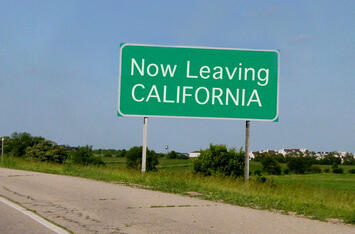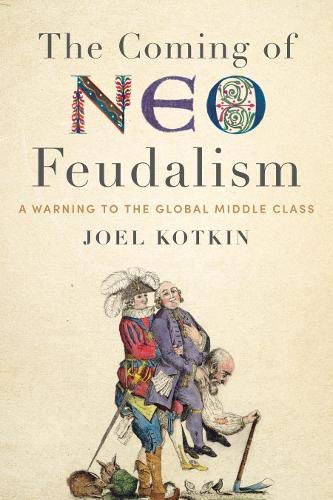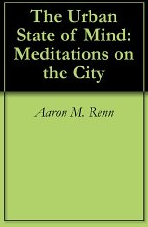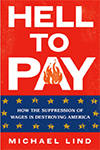
This is the first of two essays on issues facing California.
“From the Beginning, California promised much. While yet barely a name on the map, it entered American awareness as a symbol of renewal. It was a final frontier: of geography and of expectation.”
— Kevin Starr, “Americans and the California Dream, 1850-1915”
California’s economic, academic, media, and political establishment still embraces the notion of the state’s inevitable supremacy. “The future depends on us,” Gov. Gavin Newsom said at his first inauguration, “and we will seize this moment.” Others see California as deserving and capable of nationhood, a topic that has resurfaced with Trump’s presidency as it reflects, as a New York Times column put it, “the shared values of our increasingly tolerant and pluralistic society.”
Critics say this vision is at odds with the facts on the ground. Rather than the exemplar of a new “progressive capitalism” and a model for social justice, California both accommodates the highest number of billionaires and the highest cost-adjusted poverty rate. It has the third highest gap, behind just Washington, D.C., and Louisiana, between middle- and upper-middle-income earners of any state. Nearly one in five Californians – many working – lives in poverty (using a cost-of-living adjusted poverty rate); the Public Policy Institute of California (PPIC) estimates another one-fifth live in near-poverty – roughly 15 million people in total.
“California” is a model that no longer delivers. To be sure, California has a huge GDP, paced largely by high real estate prices and the stock value of a handful of huge tech firms. It retains the inertia from its glory days, particularly in technology and entertainment, but that edge is evaporating as tech firms flee the state and Hollywood productions are shot around the world. For all its strengths, California has the nation’s second-highest rate of unemployment with lagging job growth, particularly in comparison to its neighbors and chief rivals, notably Texas, Arizona, and Nevada.
The signs of failure are evident on the streets. Roughly half the nation’s homeless population lives in the Golden State, many concentrated in disease- and crime-ridden tent cities in Los Angeles or San Francisco. Barely one in three state residents – and only one in four younger voters – now considers California a good place to achieve the American dream. Increasingly, California is where this dream goes to die.
‘San Francisco Gentry Liberalism’
The roots of California are long and deep. In August, for example, the New York Times reported how its development into a one-party state controlled by progressive Democrats has made it the country’s center of political corruption. “Over the last 10 years,” the Times reported, “576 public officials in California have been convicted on federal corruption charges, according to Justice Department reports, exceeding the number of cases in states better known for public corruption, including New York, New Jersey and Illinois.”
Read the rest of this piece at: Real Clear Investigations.
Joel Kotkin is the author of The Coming of Neo-Feudalism: A Warning to the Global Middle Class. He is the Roger Hobbs Presidential Fellow in Urban Futures at Chapman University and and directs the Center for Demographics and Policy there. He is Senior Research Fellow at the Civitas Institute at the University of Texas in Austin. Learn more at joelkotkin.com and follow him on Twitter @joelkotkin.
Photo: Jill Siegrist via Flickr under CC 2.0 License












